-
Posts
1,042 -
Joined
-
Last visited
Content Type
Profiles
Forums
Downloads
Posts posted by Chas
-
-
On 1/30/2024 at 7:56 PM, AlenK said:
Great influences and it sounds like we have similar musical tastes. Ultravox (Midge Ure era) is one of my favorite bands. I used to buy all their albums in the eighties (on vinyl, of course). Rage in Eden is one of their best. “The Voice” is a classic song from it. And of course, Numan and Jarre were great in their day too, although I was a little more selective with them when it came to spending money on albums. Numan is still going strong and seems like a hell of a nice guy to boot, as well as disarmingly modest for a musician with his discography.
Re your composition, I was recently trawling through SoundCloud to see what XW-P1/G1 material I could find. Your song stood out as one of the best tracks, and certainly in my mind the best original composition I could find using the XW synths.
We have very similar tastes, and I'm guessing we are probably similar in age going by the music we grew up with!
In the first half of the 80s, Ultravox were my favourite band and I was buying all their albums and singles on vinyl (I still have them all). However, they lost me with their 1986 U-Vox album, which going by Midge's biography, even the band realised was a mistake (Midge himself stated that they should've called it "U-Bend" as that's where it belonged!) Luckily they did make amends decades later when they reformed for their "Return to Eden" tours, and though it's not quite at the level of their best work, their final "Brilliant" album was a better way to close the book than "U-Vox"! I saw them quite a few times for the three reunion tours, which in hindsight was a good thing as it looks like they are finished for good now. I also like the John Foxx era Ultravox, with Systems of Romance being one of my all time favourite albums, along with with the Midge era Rage in Eden. I can never understand some of the fans that act as if you can only like one version or the other, and that blame Midge for continuing the band when asked to join by Billy, Chris and Warren. I also felt that if anything it was John's fault, because if he hadn't left the band high and dry then Midge would never have been able to join!I was similar to you with Numan and Jarre. I love Numan's "Machine Music" period, but wasn't so keen on what he was doing from the mid 80s onwards. I saw him in 1985 on his "The Fury" tour where he'd gone all slick funk and dressing up like Robert Palmer. Thankfully he continued to evolve and re-invent himself, gaining new respect and acclaim from the mid 90s onwards and he is now recognised as a true pioneer and major influence on many artists and bands. I also follow him on Social Media, and he really does come across as a genuine, down to earth family man who dotes on his family and friends. We definitely need more Numans in this world, and maybe that will happen now that one of his daughters has made the jump into the professional music world. As for Jarre, like many, I loved his Oxygene and Equinoxe albums, and some of the Magnetic Fields album, but I didn't gel so much with his subsequent work. I still respect him though, and admire him for his longevity and also those massive concerts that he performed!
Thanks again for the compliment regarding my "Satellite" track on SoundCloud, though it's pretty rough. I feel that my "Sky Path" track also using my XW-P1 and G1 is the better composition, and that's why I chose that track to make my first ever Music Promo Video! If you haven't heard the slightly tweaked version on my YouTube channel, feel free to check it out 🙂
-
On 1/27/2024 at 11:36 PM, AlenK said:
Okay, I don’t usually necropost, but I gotta ask Chas a question about the pad sound in this _great_ track, which somehow I missed back in 2016. Did the Hex Layer tone use a DSP effect and if so, was it the phaser or a flanger? Whatever was used, it sounds really good.
Wow! I'm kind of chuffed that a track I wrote/ recorded years ago (very roughly I might add) still manages to generate interest! Maybe there's hope for me as a songwriter after all! 😄
To answer your question, I'm 99% certain that the pad sound used in that track is a stock Hex Layer preset called "Sleep State", and looking at page 3 of the XW-P1 Appendix, it's in the Hex Layer Bank P2-2 (Program Change = 22, Bank Select MSB = 97). It is indeed a really good sound and I was using it a lot. I did look into its settings once and there is indeed a Phaser involved, possibly some other DSPs. However, it sounded so good stock I just left it as it was.
The Bass tone was, I'm pretty certain, a custom patch made to sound like an old Moog, and the solo lead sound was most likely a stock Solo Synth MiniMoog style patch. I forget which one exactly, I'd have to fire up my P1 to find out for sure.
I can also remember that the drums were an electro style set being played by my XW-G1's step sequencer, which also played the bass line via the arpeggiator. The XW-P1 played the Sleep State pad sound, and also the MiniMoog style solo in the middle of the song (I switched between the two sounds while recording).It was interesting for me to revisit the track again, and I can really hear which of my influences were coming through. I'd say it was most heavily inspired by the Rage in Eden era Ultravox, especially with the pulsing Moog bass and the strings. Definitely some Numan and Jarre with the string sound also, though overall it sounds most to me in the style of one of the Rage in Eden album tracks.
As some of use have recently rediscovered when revisiting the XW-P1 (check out Mike Martin's demo I posted a few months back), it's still a powerful and great sounding synthesizer all these years later. I might have to dust mine down and get inspired all over again.
-
 1
1
-
-
On 1/27/2024 at 9:16 AM, Riva Lima said:
These are not useful, the search is for service manuals, for maintenance... those mentioned are operating manuals, which are easily found on Google. I just got the service manual, it's above.
I was responding to your post where you said, "Could you repost these service manuals? Or send it to me by email please? stereokromatik@gmail.com" , and you quoted Wee Muse's post where he had uploaded the Service Manual for the MT100. I was also tagged in that post. As both of us had previously uploaded Service Manuals for the MT65/ 68 and also the MT100 in this thread, that are in the forum downloads section, you appeared to be asking us to repost/ upload the same files that were already available for download on the forum.
Thank you for hosting a link to the MT400 Service manual. Ideally, please upload the PDF to the "Downloads" section of CMF so it can be archived and found more easily by anyone using the forum and who might need it.
-
The related models I mentioned all share very similar circuitry, so chances are they could also have the Hitachi HD chip that you are looking for. Outside of that, a Google search of the part number may come up with a suitable source.
-
The 701. 601, 501, MT70 and 1000P are all from the "Sine Wave" family of Casio models. They share similarities between them all, though they not 100% identical from what I've read.
The 701 and 601 are basically the same, with the 601 being a 701 minus the bar code reader and sequencer feature. The 501 model is a full sized keys version of the MT70. The 1000P is unique in being semi programmable, and at a guess would share more in common with the 601 and 701.
Unfortunately, the LSI/ CPUs used in these, as with most/ all Casios, are proprietary and unique and were not available elsewhere. That means the only way you can find replacements is via another model being parted out, or by buying a faulty model sold as spares/ repairs.
The thing to look for is the number on the LSI- it will be something like "NEC D7802G". If the number of your LSI matches that in any of the other Sine Wave models mentioned above, it should be a 100% match.
Hope this information helps, and I hope you can get your 1000P fixed. They are certainly a unique sounding keyboard.
-
 1
1
-
-
Accidental post!
-
Simon the Magpie has recently uploaded a video covering the baby CK200 model. He also has the CK500, and the Super cool KX-101 Boombox. I've wanted a KX101 for ages but like many weird vintage Casios, prices have gone through the roof.
-
On 1/14/2024 at 5:14 PM, Riva Lima said:
Would anyone have downloaded and would like to make the MT400v service manual available? My keyboard has the melody chip muted, only the rhythm and filter parts are working... it would be generous if someone could help us
Many have asked, but as of yet no one appears to have a copy of the 400V Service Manual. However, as mentioned in the posts asking for this manual, you can use the MT65/ MT68/ CT405 Service Manual that shares almost identical hardware (minus the filter section).
-
After owning my XW-PD1 for a number of years and never managing to get round to understanding it enough to use it in a recording, I finally did! it I wanted to recreate the drum/ percussion pattern from Michael Jackson's "Thriller", so I imported some LinnDrum and 808 samples into it, found online the patterns for each of the sounds, and by using the PC Data Editor I was able to replicate the the drum track pretty well. I've not found out if samples can be panned in stereo (can they?), so it's all in mono. Along with my CZ101 providing main bass duties, and my CT403 providing the now famous "Frog" sound on top of the bass, I was able to do an interesting instrumental rendition of the iconic Michael Jackson "Thriller" song!
-
 1
1
-
-
Focusing on one component because it is getting hot will be unlikely to solve your issue. The component itself might be faulty, or it could be components elsewhere that are faulty and causing the resistor to run hot. If you replace the running hot component you might end up with the new component doing the exact same thing.
That's the whole purpose of a service manual. It will have details and test points with information on what you should be reading at those test points. That will help you to isolate where the problem is most likely to be.
Saying that, as you are actually getting some very quiet sounds from the Tone section, that does indicate that the tone generating part of the keyboard is still functioning. Even though it's very quiet, can you select different Tones and hear the Tone change when you play the keys? If so, that might suggest an issue between the 931C Tone Generator and the mixer output sections.
I've copied a page out of the MT65/ 68/ 405 Service Manual that shows a block diagram and how the Rhythm, Accompaniment and Tone sections of the Casio are all brought to the final output. As you can see, Accomp goes to Mixer 1 and Rhythm goes to Mixer 2, then these both are brought together into Mixer 3 before being fed to Mixer 4. The MT400V is slightly different as it lacks the arpeggiator section, but the point being is that the Accomp and Rhythm sections are brought together at Mixer 3, which is then fed into Mixer 4. Note that the D931 Melody (the "Tones") also gets fed into Mixer 4, and then all sections of the keyboard are controlled by a master volume. Point being, if you can hear the accomp and rhythm sections perfectly well, that rules out any issue with the Master Volume slider (potentiometer) and likely no issue with Mixer 4.
Therefore you would need to work back from Mixer 4 and look at the path that the D931 Melody signal takes. After the Tone signal leaves the D931 Tone generator it passes through a D/A converter, a Sample/ Hold circuit and also a Low Pass Filter before being fed into Mixer 4. Unless there is any connection issues at Mixer 4, the problem is most likely somewhere in the three sections before it. Only by testing each of those circuits following the Service Manual schematics will you be able to pin point the problem.-
 1
1
-
-
12 hours ago, Riva Lima said:
Could you repost these service manuals? Or send it to me by email please? stereokromatik@gmail.com
All the manuals mentioned have download links in the previous posts in this thread. Scroll up and you'll see them. Click each link to download the PDF required.
-
Look for an MT65/ 68/ CT405 service manual. They share almost identical hardware and features with the MT400V/ CT410V models. The tone sets and rhythms/ accompaniment section are the same. They lack the analogue filter of the 400V/ 410V, and have a couple of extra features, but otherwise they are identical.
-
In this video CCT takes a deep dive into the "Frog bass" Casiotone sound revealed in August 2023 by Anthony Maranelli, the synth programmer for Michael Jackson's "Thriller" track. We will look at the quests by Anthony Maranelli and Doctor Mix to find the sound and identify the specific Casiotone model used on the studio recording, and then investigate and uncover all the Casiotone models that have this unique sound plus examine their current market prices. For all of you that must have the real deal Thriller "Frog" sound, after watching this video you will now know which "Frog" Casiotone models to look for and how much you can expect to pay for them!
-
 1
1
-
 1
1
-
 2
2
-
-
You might be able to run a Spectrum emulator on a modern PC to do the same job. This would assume that it would be possible to route the virtual Spectrum "ports" to the real ports of a modern PC/ computer running the emulator.
-
Synth enthusiasts, myself included, have been calling out for years for Casio to give us a modern reincarnation of the classic CZ series. Sadly, other than including CZ "waveforms" in a few of their more recent keyboards, Casio doesn't seem to want to bring back their wonderful Phase Distortion synths.
There is also a saying that if you don't give the public what they want, someone else will. That someone else might be Behringer, who have teased us a desktop module CZ synth with new features. Casio should be doing this and capitalizing on their history and legacy in my opinion. Maybe one day...
-
 1
1
-
-
My CT403 has a similar feature and it probably works the same way as the MT30
IIRC, you set the 4 memories by doing the following:
Move the tone memory switch to the number you want to set.
Then move the play/ set button to the "set" position. You might need to have it at "play" first and then move it to "set" to make this feature work.
Now select the tone you want to store into the memory slot via the keyboard. Hold the key down until you hear a brief preview of the selected sound.
Move the set/ play button back to play. Now when you press one of the 4 memory buttons, it should automatically recall your saved tone selection.
Do bear in mind that if the MT30 is similar to some other Casios with this feature, it does not retain this memory when you switch off the keyboard (any stored tone memories will be erased).
-
 1
1
-
-
Though I made a "me and the dog are both confused by the XW-PD1" post on my social media, I HAVE actually been making some progress with this little device!
I finally got the push to dive in while working on my next video project, where I need to replicate a drum track loop from a famous song to play alongside two of my Casio keyboards. The song in question used samples from a Linn LM-1, a LinnDrum and also a Roland TR-808, and in keeping with an all Casio set up, I thought the PD1 with its ability to load in samples would be perfect. IF I could finally understand how to use it that is...
Anyway, I did actually manage to achieve what I set out to do - load in the above mentioned classic drum machine samples and recreate the drum pattern. The key for me in getting it to do what I needed was to use the Data Editor software rather than using PD1 itself. It was my first attempt , and it's not the most intuitive software that I've used, though that might be because I'm still trying to understand the workflow and some terminology of the PD1. However, programming the pattern sequence for each drum part is a breeze within the Data Editor, and the end result sounds really good. Of course, I then got thinking how amazing this thing would be if it had multiple outs , 5 pin MIDI and of course, MIDI Clock/ Sync. If it had all that, it would be a modern classic and integrated in many people's rigs and studios today. I digress - I've still much more to learn about its potential (and limitations) but I'm glad that I got this far and have managed to make it into a super little drum sampler playing back the sounds of those classic drum machines.
Bonus points if anyone can guess the famous song from the drum pattern picture below! All will be revealed in my next video (if someone hasn't guessed it by then!)
-
 2
2
-
-
Mike Martin posted this super clip on his Instagram account showing the power of the P1's Hex Layers. Hope the link works from outside of Instagram, it's well worth a listen:
https://www.instagram.com/reel/Cz9L_IHOr2z/?igshid=MzRlODBiNWFlZA==
-
 2
2
-
 1
1
-
-
In typical Casio Chaos Theory tradition, I thought this video would be a quick and easy one to put together. It was anything but! Hopefully the end result is worth it, as it covers just about everything to do with the iconic little VL-1's synthesizer section. Enjoy!
-
 2
2
-
-
Gotta share this. Simon the Magpie on YouTube has just dropped a new video featuring a Casio MG-510 MIDI guitar. Check out the jam segment using multiple VSTs all being played simultaneously by a single MG-510 MIDI input!
-
 1
1
-
 1
1
-
-
Hopefully this Instagram link will work. It's a short clip of the Casiotone Brothers performing live with their Casiotones!
https://www.instagram.com/reel/CzOkSo3tZiM/?utm_source=ig_web_copy_link&igshid=MzRlODBiNWFlZA==-
 2
2
-
 1
1
-
-
Yes, you can use DSPs with samples, and yes, it would be nice to be able to input multi samples of a single sound across the keyboard. You can multi sample this way using the "drum sample" function, though you are limited in length and number of samples.
The S1000V and S500 sample features are kind of a glorified SK-1. One can but hope that Casio will come up with a glorified FZ-1 for their next model. The FZ-1 was, and still is, a powerful sampler with a unique filter.
-
16 hours ago, titanif said:
Hello,
I have the opportunity to buy a casio FZ-1 at a good price.
what happens is that it turns on but does not make any sound, I would like to know if it can be easily fixed or it can be very expensive, any ideas?
Thanks a lotThe Casio FZ needs to have a sample(s) in memory to play sounds. It also has the ability draw its own waveforms that can be stored as a sample.
Does the FZ you are looking at come with any sample disks? If it does, try loading samples into its memory and then try playing the keyboard. This will also let you check out the FZ's disk drive that are known to fail with age (unless it's been replaced with a modern SD card floppy emulator). Also bear in mind the the FZ uses a rare Shugart floppy interface that is incompatible with the much more common PC 3.5" floppy standard. PC drives can be made to work, but you have to modify them to make them compatible.
Check out this FZ-1 video that does a good job of showing how to create your own waveforms from the front panel:
-
I am able to run the lyric app on my Galaxy S10 absolutely fine. It's not ancient, but it's not an up to the minute latest device.
What devices have you tried to use? If they're running no longer supported Android versions, that might be the issue.
I'm surprised that Casio hasn't issued a lyric creator app/ data editor for computers. It was/ is one of my concerns that when the day comes that the S1000V becomes discontinued, who will support the app? Older computer programs/ apps can often still be run on later operating systems or via emulators, but phone apps can only be run on later mobile devices IF the manufacturer still supports it and IF it still gets approved to be placed in an official app store.
We can only hope that a third party computer app is developed that will at least enable users to independently create a lyric file on their computer, and can then load that file to the S1000V as a file via a USB flash drive. That's the only way I can see to do this outside of using the mobile lyric creator app.

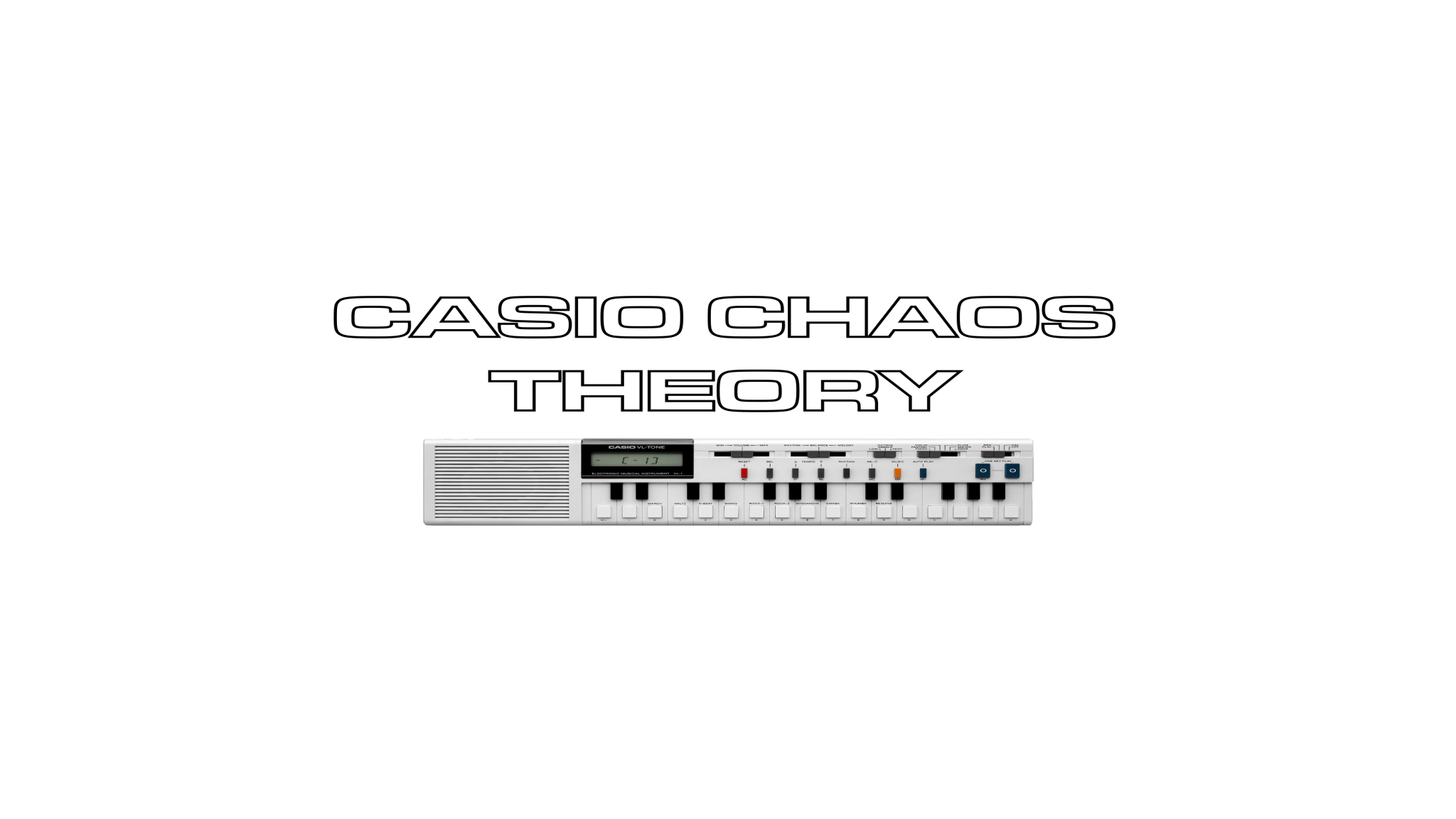
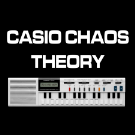
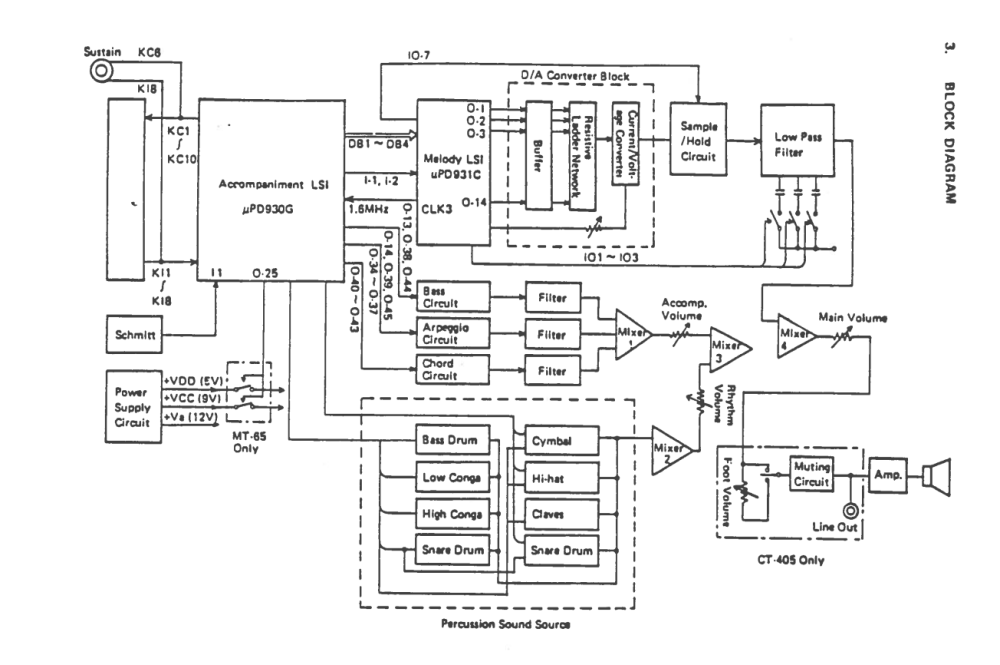
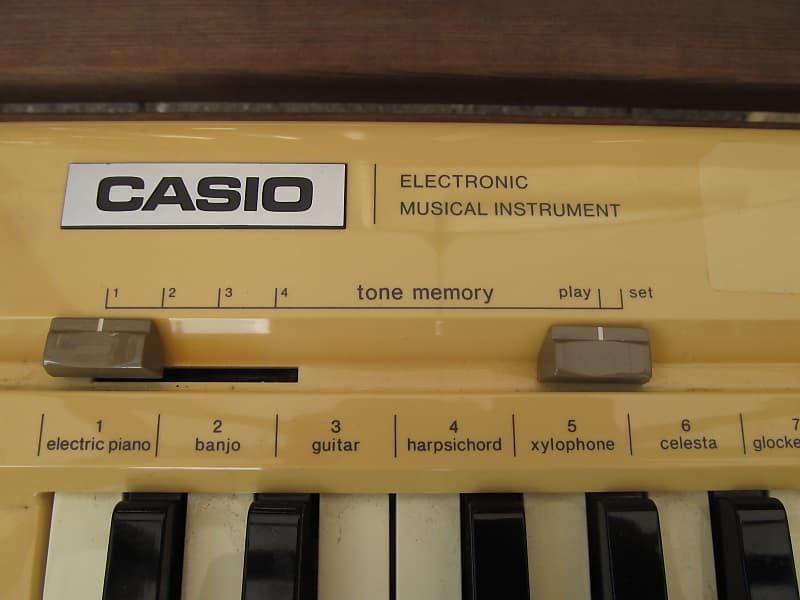
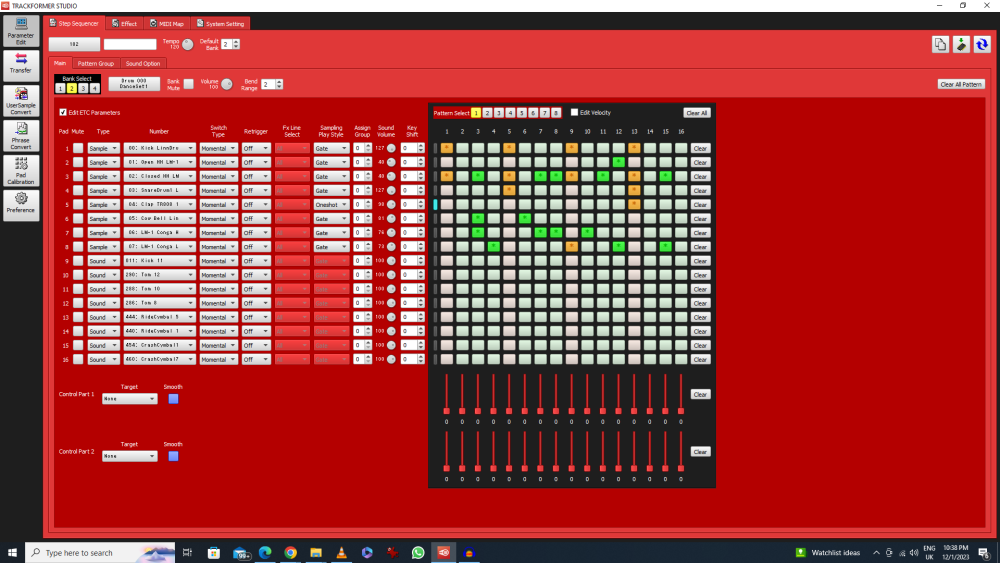
I'm still learning this Box of Tricks!
in XW-PD1
Posted
More progress!
After using the XW-PD1 as a standalone drum machine for my Michael Jackson "Thriller" recreation clip, I wanted to see if there was a way I could incorporate it into a multi-keyboard setup that was all linked together. As many of us know, the PD1 does not send or receive MIDI clock or sync, and it operates via USB MIDI only. What I want to somehow do, is to run a beat/ sequence with the PD1 and also link it up with other keyboards so that they all play together.
After delving into its workflow and features, I find that the PD1's 4 x "Banks" are effectively independent "Tracks", with each Bank able transmit on its own MIDI channel, 1 to 4. What that means is that the PD1 can operate like a 4 track sequencer as per a song with 4 different parts in it. It could also operate kind of like an Arturia Beatstep Pro controller, IF I could get it talking with other devices!
More delving into USB MIDI and stuff, and I was already aware that USB MIDI devices need a "host", whereas many of my older keyboards have the traditional 5 pin DIN MIDI connectors. My sound interface (a Behringer UMC404HD) also has 5 pin MIDI In and Out sockets, and it is connected to my main desktop workstation computer. How do I get my PD1's USB MIDI to talk to the MIDI DIN sockets on my sound interface? A bit of searching online uncovered an old (and free program) called "MIDI Patchbay" by Soundigy, that allows you to re-route MIDI via the computer acting as a host. I connected my PD1 to a USB port on my desktop, and also connected my CZ101 to the UMC404HD sound interface MIDI DIN "Out" port, and joy of joys, by setting the receive channel on my CZ101 from 1 to 4, I was able to get it playing any of the four banks being played/ sent by the PD1! What I then wanted to try was to daisy chain my HT700 in series so that I could get that playing one of the other PD1 banks simultaneously with the CZ101, via the CZ101's MIDI Out port. The idea being that I could program drums, bass, leads, and pads into the 4 individual banks of the PD1, and use the PD1 to play up to 4 other devices at once.
However, I ran into limitations with the CZ101 and HT700 as both only have MIDI In and Out, not Thru. I read somewhere that some devices still forward the original MIDI message plus anything generated by that keyboard to their MIDI Out ports, whereas others ONLY send new information generated by that keyboard through their MIDI Out port, necessitating a MIDI Thru port to pass through the original MIDI data to a device further down the chain. Looks like the CZ101 and HT700 do not forward the originally received MIDI messages to their Out ports.
My understanding now is that to have my PD1 controlling more than one keyboard over MIDI DIN and without having MIDI Thru ports, I will need to get a MIDI Interface with multiple In/ Out DIN ports. Also, with a multiple In/ Out MIDI interface, I could then use a laptop as a host and keep my desktop workstation PC with the DAW installed as a recording device to capture the audio of the PD1 and other connected keyboards.
After all this, I can see why some people are not fans of USB MIDI and prefer the direct standalone aspect of traditional 5 pin DIN MIDI. On the other hand, I can see the greater potential of USB MIDI, whereby a MIDI host can re-route multiple connections via software and is not limited to 16 channels. There is an added complexity of course, but there are definitely added benefits. I'd better get that multi port MIDI interface on order....!